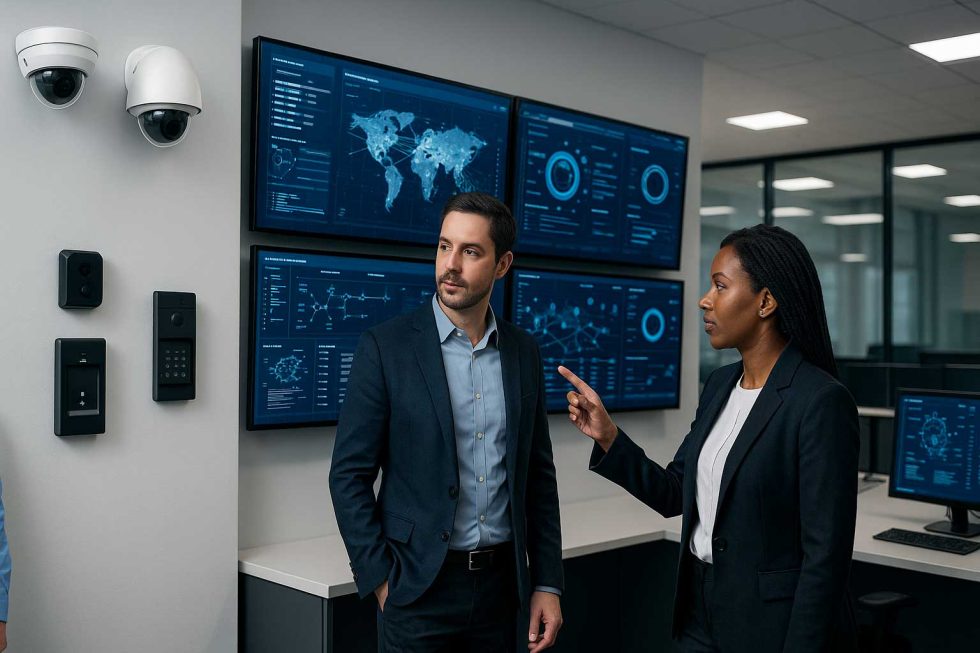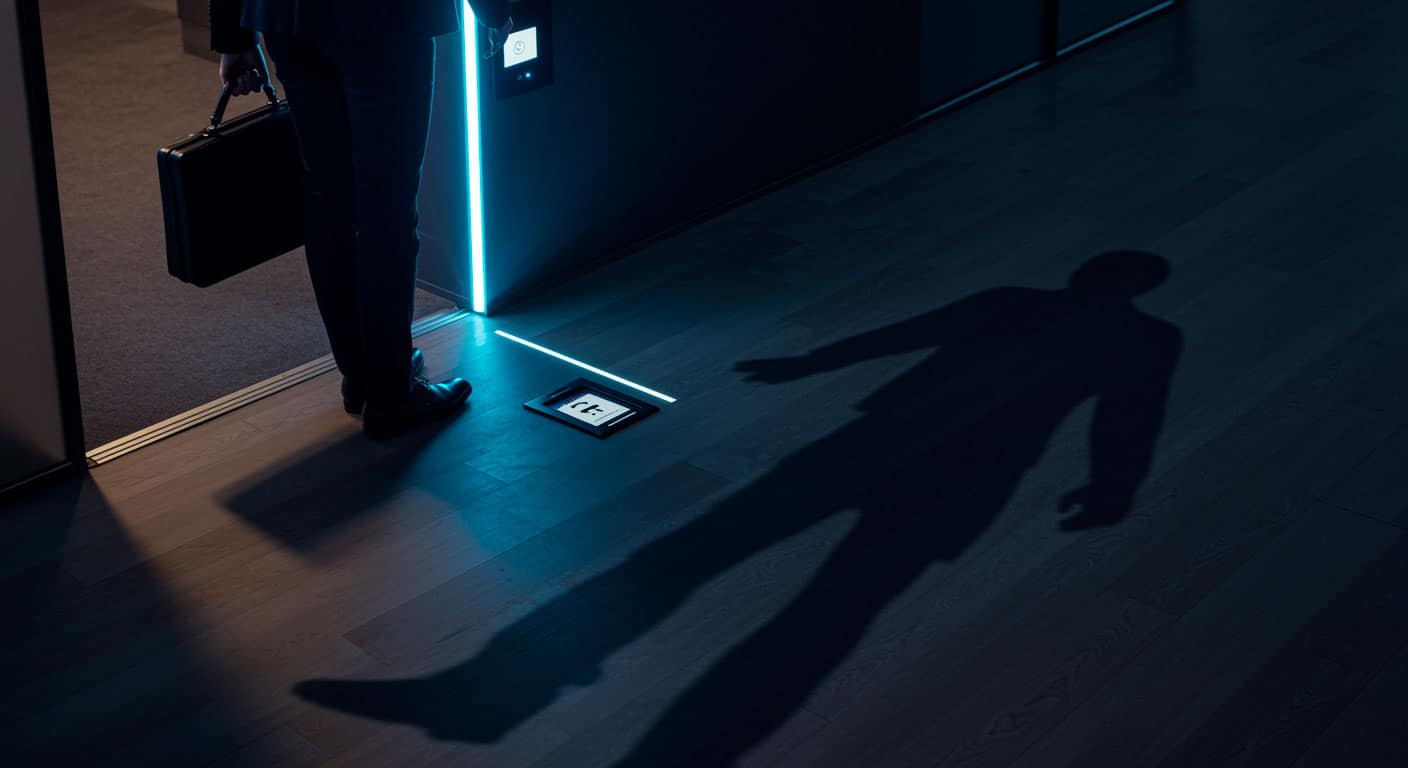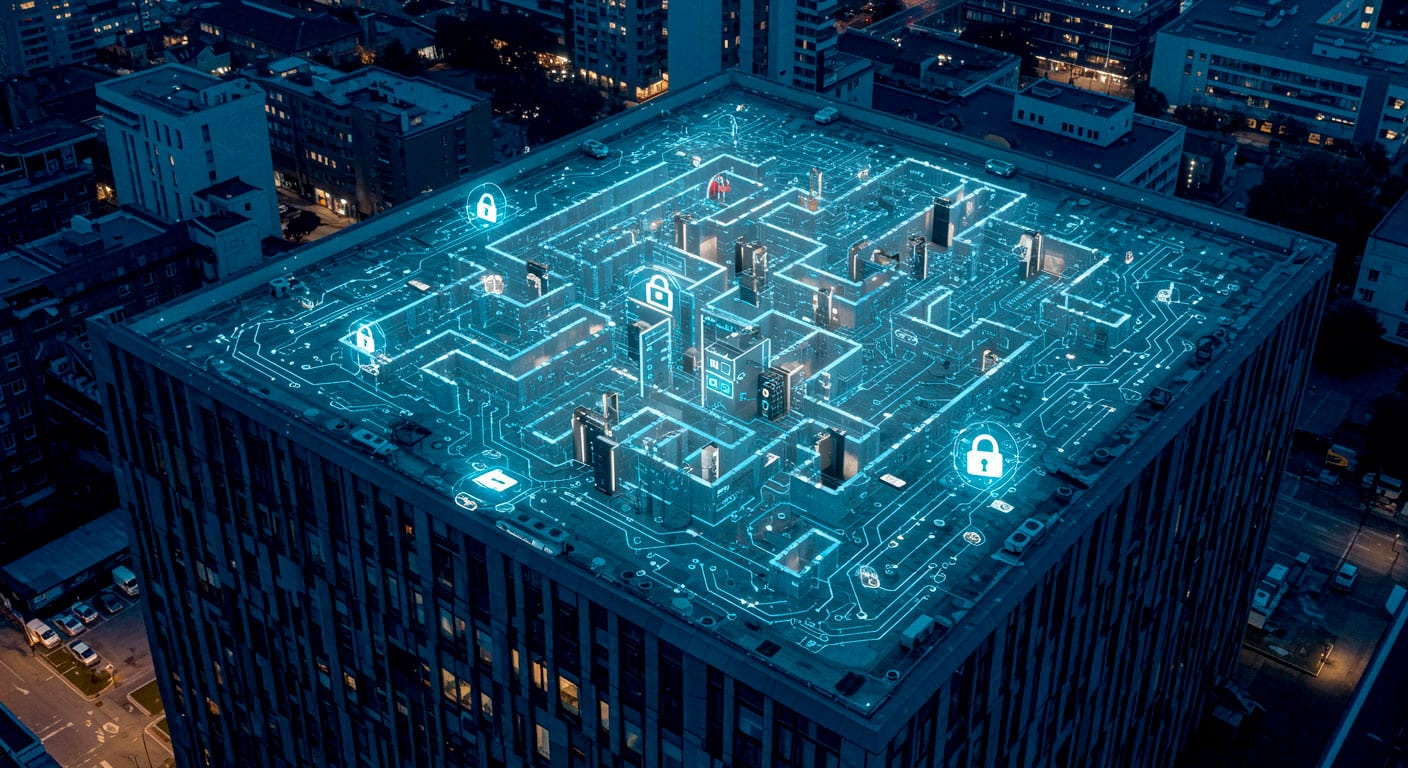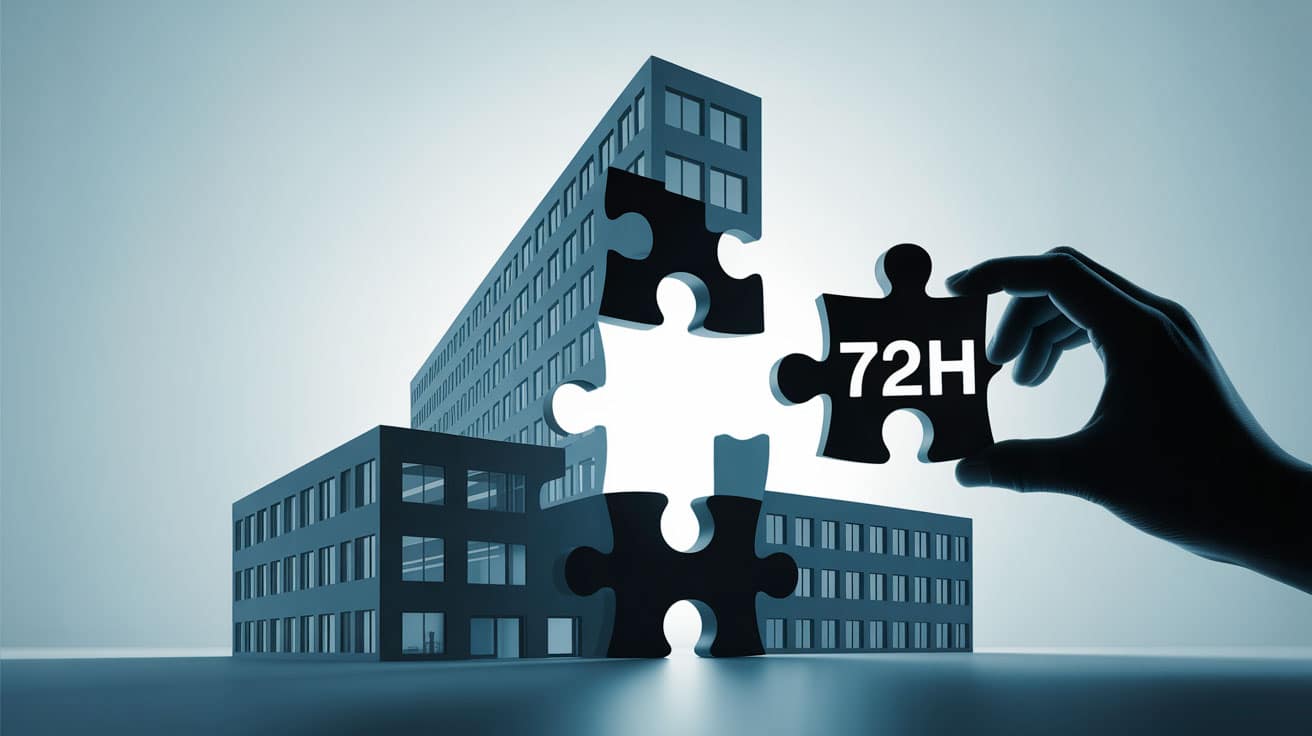How to integrate two worlds for truly effective protection
Until a few years ago, physical and IT security were handled as two separate universes. On the one hand, surveillance, cameras, access. On the other, firewalls, antivirus, passwords and encryption.
But today, with the adoption of digital technologies in physical security systems (IP cameras, cloud access control, IoT, AI, PSIM), these two worlds are rapidly converging.
Yet, in many companies, convergence is more of a challenge than a reality.
In this article we explain why the integration of physical and cybersecurity is now necessary, what real risks to avoid, and how to build an integrated operating model that really works.
Why physical security and cybersecurity can no longer be separated
When physical systems become “smart,” they also become vulnerable to digital threats.
Here are some concrete examples:
- An IP camera canbe hacked if not updated, giving an attacker a direct view of the facilities.
- A cloud-based access controlsystem canbe manipulated to disable gates or alter logs.
- Physical event data(accesses, alarms, movements) are stored on servers and thus exposed to the same risks as computer data.
In parallel, cybercriminals try to physically compromise the network (e.g., by accessing a CED room) or use physical attacks to install malware via USB sticks or abusive access.
It is not just about efficiency. It is about operational survival.
The real risks of non-convergence
When physical security and IT don’t work together, it opens up “gray areas” that are an attacker’s paradise. Here are the most prevalent risks:
- Exposed infrastructure
Many cameras, badges, or sensors communicate over unsegmented or poorly secured networks, often without strong encryption or authentication. They can be entry points for a cyber attack.
- Disconnected events
A physical alert (forced door, attempted access) may not be related to a simultaneous cyber attack if the two systems are not communicating. This lengthens response time and complicates investigation.
- Fragmented responsibilities
In the event of an incident, no one knows who should intervene: IT or physical security? This delay can cost dearly in terms of damage, reputation and penalties.
- Compromised compliance
Many regulations (e.g., GDPR, ISO 27001, NIS2) require holistic security management. If the physical part is not adequately protected or documented, you risk fines and litigation.
How to create effective operational convergence
- Shared governance
A control room is needed that unites IT, physical security, compliance, and management.
An integrated security committee can help define common policies, cross-cutting goals, and shared processes.
- Secure infrastructure by design
Every connected physical device must follow the same rules as IT:
- secure passwords
- regular firmware updates
- data encryption
- segmentation of networks
- continuous monitoring of connections
- Integrated Systems (PSIM + SIEM)
Connecting the physical platform (PSIM) with the information technology platform (SIEM) enables:
- Correlate events (e.g., physical access + login from suspicious IP)
- activate automatic blocking or alerts
- Generate unified reports for audit and compliance
- Coordinated procedures
Incident responses need to be unique. Not two separate response plans, but one playbook, accounting for hybrid (physical + cyber) attacks and defining who does what.
- Cross-training
Those in IT need to understand physical security, and vice versa.
Need a shared security culture.
Training, simulations, and tabletop exercises must involve both teams.
Conclusion: one security, for one risk
In reality, an attack is never just “cyber” or just “physical.”
It is hybrid, silent, and transverse.
That is why today the convergence of cybersecurity and physical security is not a technical choice, but a strategic choice.
Only by integrating governance, technologies, skills, and data can we build more resilient, smarter, and protected companies.
Not two teams. One security.



